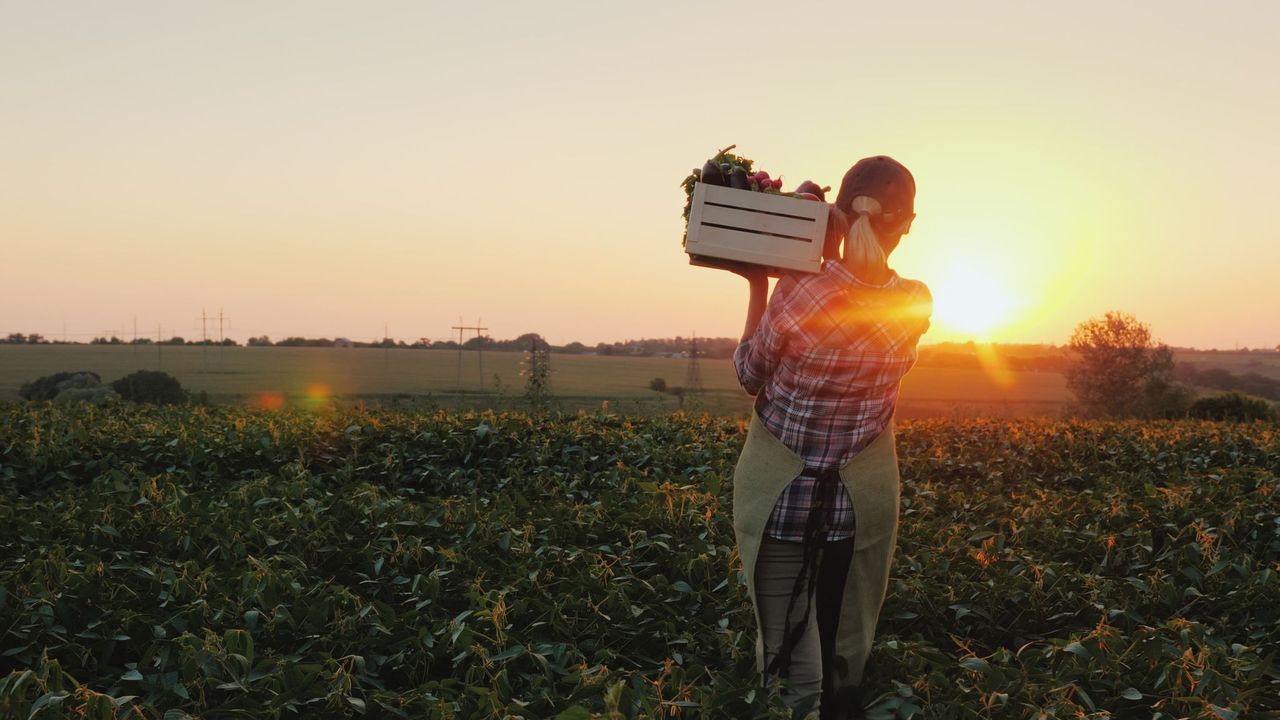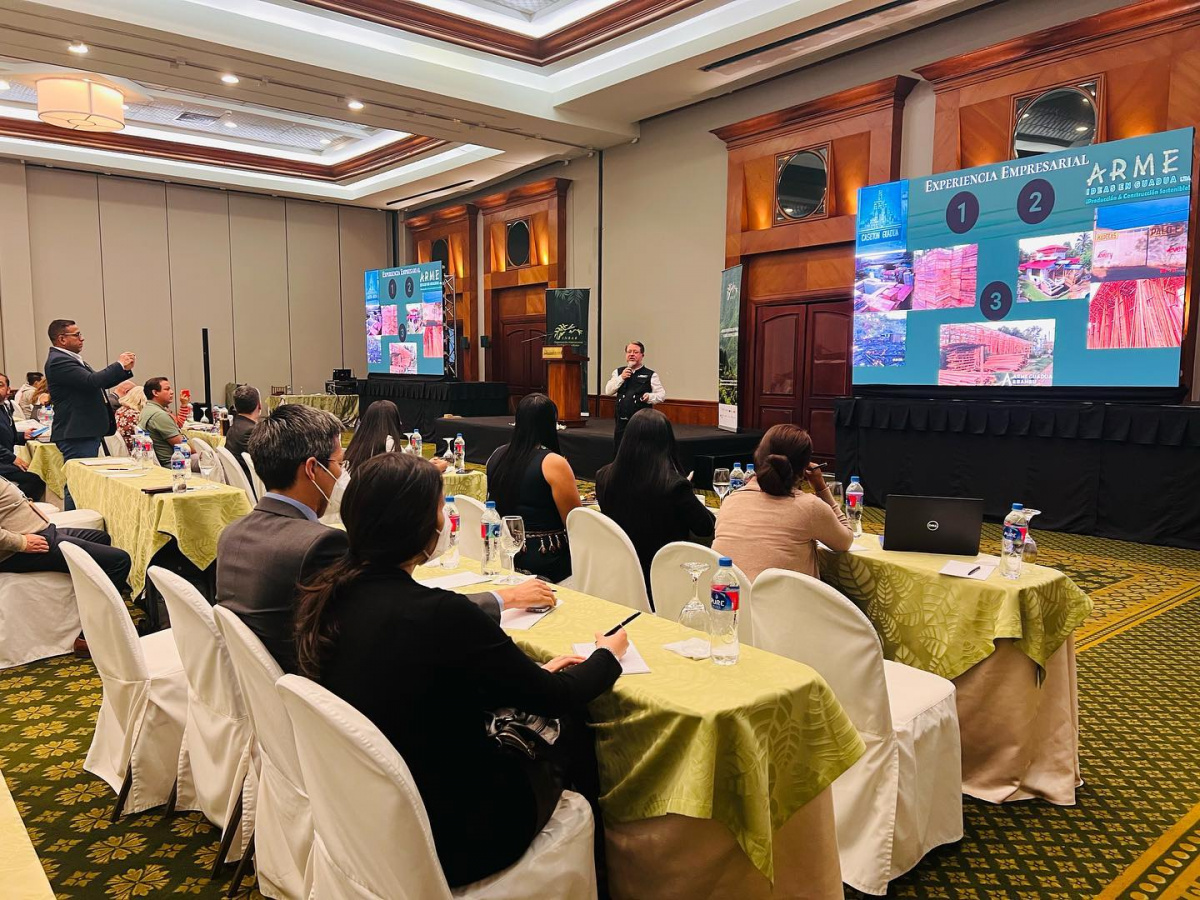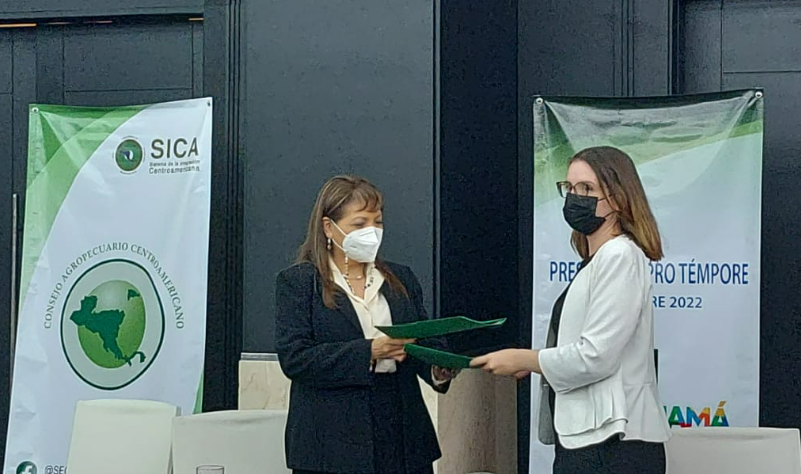Cultivating the Common Ground
Conserving land health is a common concern for both the agriculture and conservation sectors, and will be central to a post-Covid19 recovery. Following the publication of its seminal Common Ground report on agriculture and biodiversity, IUCN held a virtual dialogue to build trust, spark partnerships and kick start joint action.

Photo: Shutterstock
The barriers to a constructive and fruitful relationship between agriculture and conservation have often seemed insurmountable. “The devastating COVID pandemic, climate change and biodiversity loss keep sending us the same message: the time has come to reconsider our relationship to nature” said Cyriaque Sendashonga (Global Director, IUCN Policy and Programme Group). “Few sectors are as central to humanity’s relationship with nature and people’s livelihoods, as agriculture. The dramatic reduction of the number of food insecure people worldwide is an immense achievement, but it has come at a high cost for nature. And we now have to now have to deal with a dialogue between conservation and agricultural sectors that is often antagonistic and unproductive”.
In the face of these challenges, IUCN held a high-level virtual event “Cultivating the common ground for agriculture and conservation.” This event pushed out of echo chambers, calling on conservation and agriculture alike, to address the priority that is start resuming the dialogue. And this dialogue should be reframed around the ‘common ground’ of shared solutions, bringing together decision makers from both worlds to encourage trust, partnerships and joint action. As youth representative, Elujulo Opeyemi (Founder, Youth for Environment Nigeria) emphasized, “Addressing the current mutual exclusivity that exists between agriculture and conservation crucially needs a clear narrative to better position us for food security and productive conservation efforts. This is something we need to be intentional about like our lives depend on it because they actually do.” He demonstrated clearly that youth networks can be used to drive change among young farmers and that bringing environment at the forefront can make farming more attractive for young urban people.
This event was held shortly after the publication of the IUCN report: “Common ground: restoring land health for sustainable agriculture”, which highlighted the close links between landscape and soil biodiversity, farm yields, and farmers’ incomes and livelihoods. The report shows how more constructive inter-sectoral dialogue will help to build consensus around goals, targets and indicators for sustainable agriculture.
There is a solid common ground to be built upon, between the sectors of agriculture and conservation, on the need to restore land health. The Rt Hon LordZac Goldsmith (State minister, United-Kingdom), Dr Vikaj Kumar (Chief Secretary, Andra-Pradesh, India) and Ms Marieta Jager (Deputy-DG, DEVCO, EC) delivered their visions on how to achieve such a shift at global, national and regional levels respectively. There are many examples of well-known and widely practiced agroecology approaches and we have moved beyond ‘proof of concept’ in several countries where practices like agroforestry, organic farming or conservation agriculture are growing in popularity. Meanwhile many governments have made commitments to sustainable agriculture and restoration of agricultural land. Kumar brought to the audiences attention the outstanding work being done in India: "The Community managed, climate change resilient, natural farming programme in Andhra Pradesh is a movement of 700,000 farmers and farm workers. It is enhancing livelihoods of farmers, providing healthy and nutritious food to people, and protecting their natural capital".
In the context of the current climate emergency, Goldsmith emphasized the priority that is food security: “Feeding a growing global population while protecting our climate and the natural world is one of the defining challenges of our time. Ahead of COP26, the UK is driving decisive global action to invest in sustainable agriculture, implement nature-based solutions and inspire a land use revolution to match the scale and ambition of the clean technology revolution.”
“The role of farmers organizations will be crucial. They should be the driving force of the change to represent farmers’ voices and needs, and should be given space in decision making at all levels. We will need their full engagement if we want to succeed,” said Esther Penunia, Secretary General of the Asian Farmers Association
.So how do we turn these well-formed words and intentions into action?
In an event facilitated by a farmer’s daughter, agricultural journalist Anna Jones, there was unanimous agreement that the heart of the issue is to develop the common ground between farmers and conservationists and incentivise the contributions farmers make to conservation. “Sustainable agriculture requires that we re-acquaint ourselves with the fundamental importance of healthy soils. Healthy soils are not just “dirt” or a substrate, they are complex ecosystems in their own right abundant with biodiversity, that are a cornerstone of every person’s wellbeing,” pointed out Stewart Maginnis (Global Director, IUCN Nature-based Solutions Group).
The panel discussion between representatives of youth, farmers’ associations, private businesses and scientists was the opportunity to share point of views and experiences, and identify the critical steps to encourage convergence between the conservation and the agriculture community. Now the responsibility lies upon stakeholders worldwide to continue this dialogue.
For more information:
Please contact jonathan.davies@iucn.org or ludovic.larbodiere@iucn.org or visit the website here.



